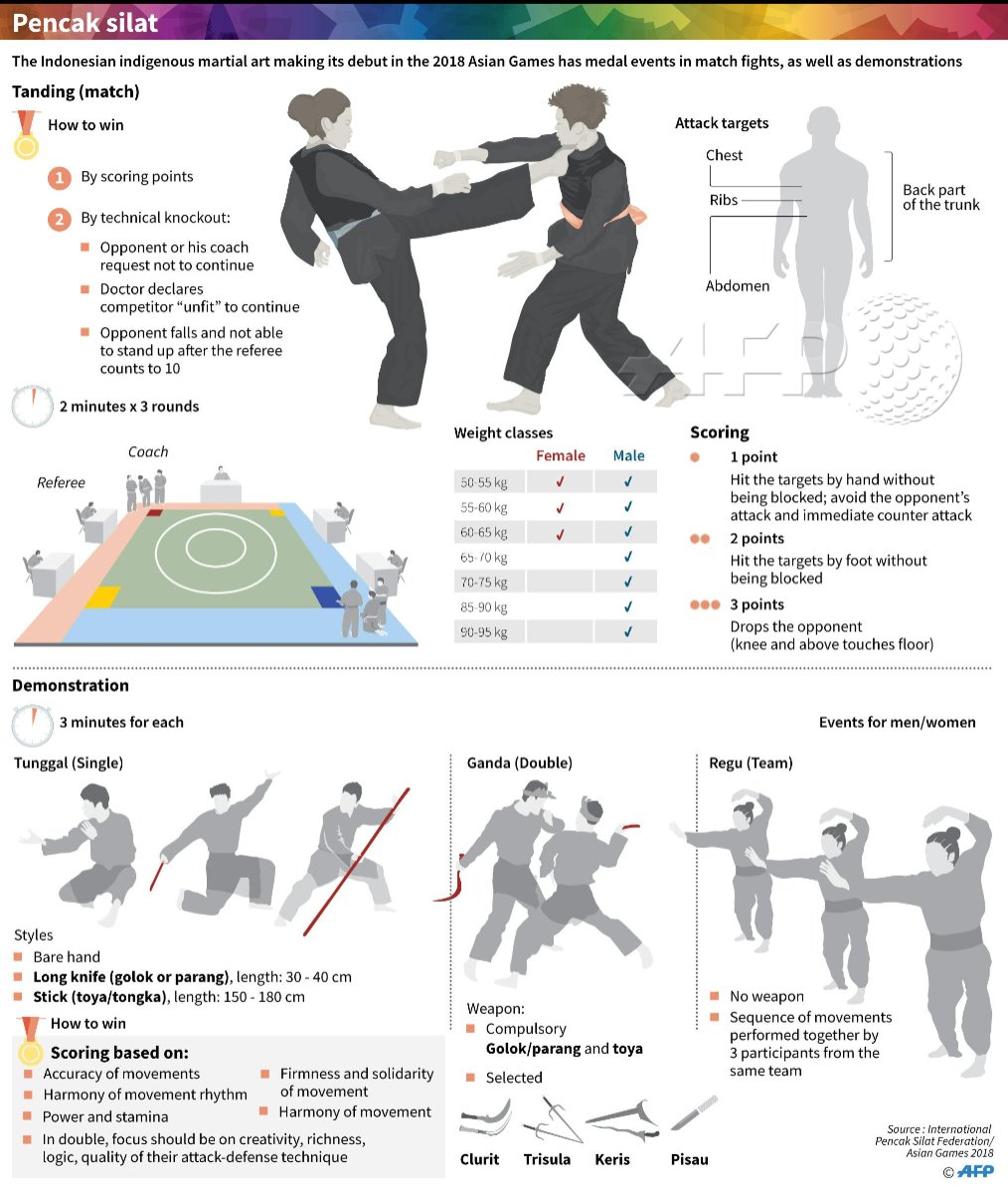The Background And Viewpoint Of Fighting Style: A Deep Dive
The Background And Viewpoint Of Fighting Style: A Deep Dive
Blog Article
Personnel Writer-Rafferty Francis
Enter the old world where martial arts were born out of necessity in varied regions. Cultures crafted distinct combating designs intertwined with historic contexts. Methods evolved over centuries via dedicated method and cultural exchanges. Today, contemporary martial arts mix standard elements for optimal performance. Philosophically, martial arts emphasize discipline, self-improvement, and harmony. Regard, humbleness, and balance are fundamental concepts assisting practitioners towards growth and durability. Check out the depths of this rich background and approach to uncover the profound influences forming this enduring discipline.
Beginnings of Fighting Style
Martial arts came from numerous areas around the globe, progressing as sensible combat systems to prevent hazards. These old fighting designs were developed out of requirement, with each society crafting methods matched to their special atmospheres and difficulties. From the grappling arts of Jujutsu in Japan to the striking strategies of Martial art in China, martial arts were deeply intertwined with the historical, social, and cultural fabric of their corresponding cultures.
In Japan, the samurai course refined martial arts like Kenjutsu, the art of the sword, which later evolved right into the much more promoted type of Kendo. Meanwhile, in Brazil, Capoeira became a blend of dance and combat, created by enslaved Africans as a way to withstand fascism. is martial arts good for a 4 year old fighting style lugs with it an abundant background and ideology, showing the values and beliefs of individuals that practiced them.
As best martial arts movie look into the origins of martial arts, you reveal a tapestry of human resourcefulness, strength, and the unrelenting spirit of warriors throughout time.
Development of Strategies
Via centuries of practice and refinement, battle strategies within numerous martial arts have undergone a profound evolution. From old styles like Martial art and Karate to a lot more contemporary techniques such as Brazilian Jiu-Jitsu and Krav Maga, the evolution of methods has been driven by a combination of cultural impacts, sensible applications, and technological innovations.
One substantial facet of this advancement is the cross-pollination of methods between various martial arts. For instance, methods from standard Japanese Jiu-Jitsu were integrated into the production of Judo by Jigoro Kano in the late 19th century. This blending of styles has resulted in the growth of crossbreed martial arts like Mixed Martial Arts (MIXED MARTIAL ARTS), which combine components of striking, grappling, and submission techniques.
Furthermore, the development of techniques has been formed by the increasing emphasis on effectiveness and effectiveness in combat. Experts have actually continuously sought to fine-tune their strategies via strenuous training, experimentation, and competition, causing the development of extremely specialized and effective fighting styles. In general, the evolution of strategies in martial arts mirrors the vibrant nature of fight and the continuous mission for improvement and innovation.
Philosophical Structures
Exploring the underlying thoughtful concepts of martial arts supplies understanding right into their core worths and guiding beliefs. At the heart of many martial arts techniques is the idea of discipline itself. By educating your mind and body to act as one natural system, you cultivate discipline that prolongs past the dojo or fitness center right into everyday life. This technique encompasses respect, humility, and self-control, forming not just your physical abilities yet also your character.
One more essential philosophical structure in martial arts is the concept of continual self-improvement. The journey of understanding a martial art is nonstop, with specialists constantly striving to much better themselves, both physically and mentally. This concentrate on growth promotes resilience, willpower, and a growth mindset that can be put on all aspects of life.
Moreover, martial arts emphasize the importance of harmony and equilibrium. Methods are created to use a challenger's energy versus them, highlighting the concept of producing and rerouting pressure as opposed to satisfying it head-on. This ideology reaches social partnerships, advertising relaxed resolutions and mutual understanding. By embracing these thoughtful structures, martial artists not only enhance their fight abilities but likewise grow a way of living fixated personal growth, respect, and harmony.
Conclusion
Finally, the history and philosophy of martial arts use a rich tapestry of practice, technique, and self-improvement.
Consider instance the story of Bruce Lee, that reinvented martial arts by mixing different designs and viewpoints to develop his own unique kind of Jeet Kune Do.
With commitment and advancement, martial artists continue to press borders and motivate others to reach their complete capacity both in combat and in life.
